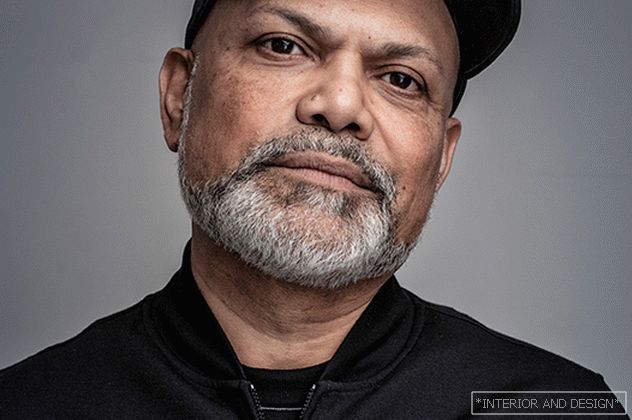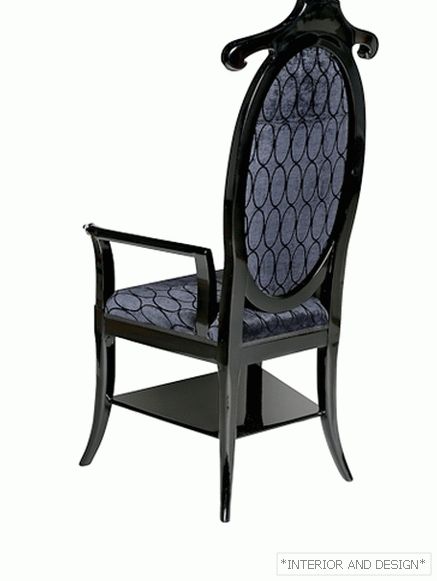House in london
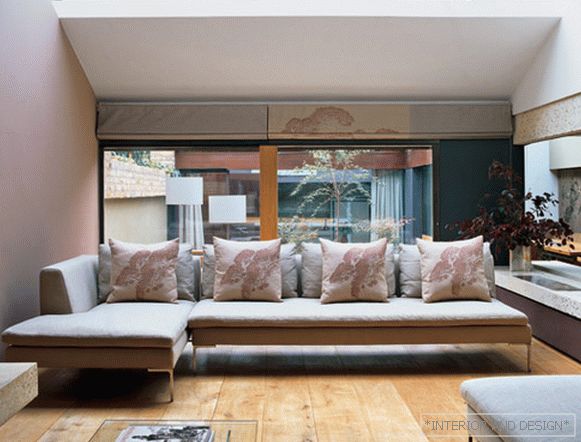
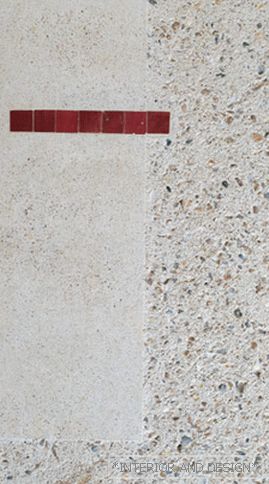
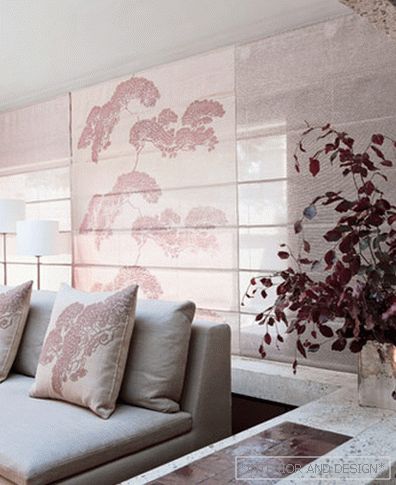
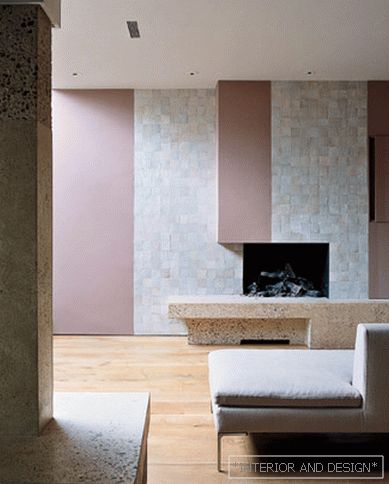

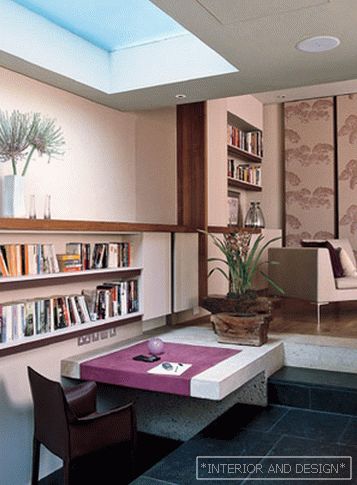
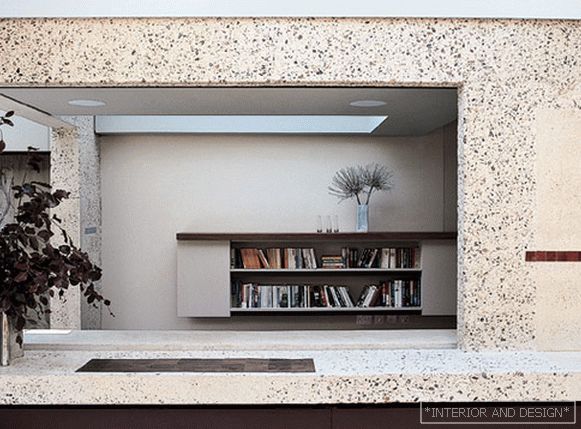
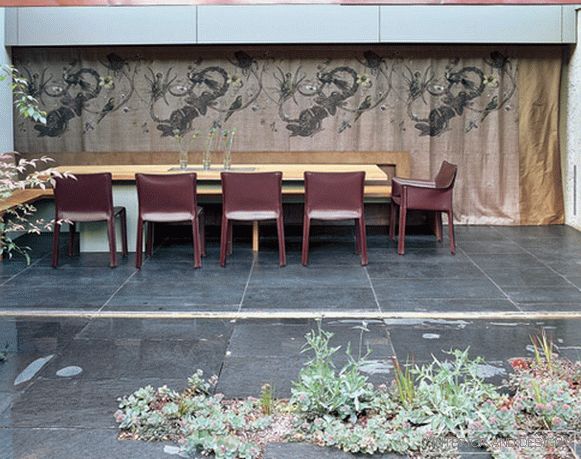
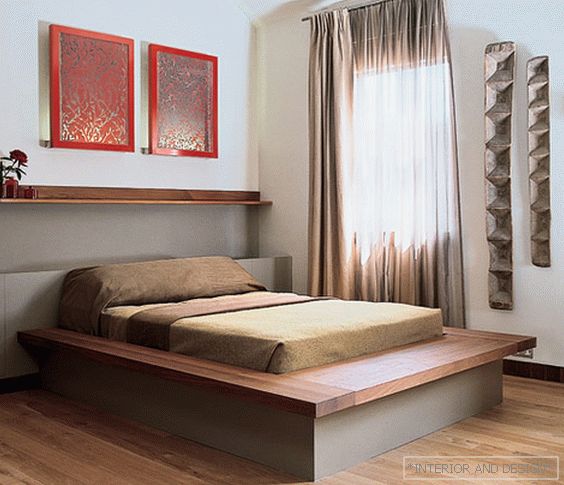
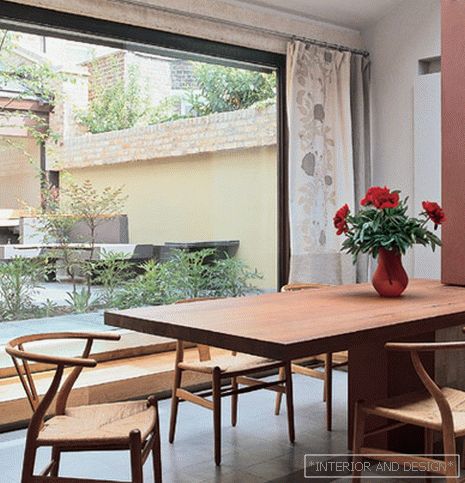 Passing the gallery
Passing the gallery Materials: - (c) Henry Wilson
Text: Yana Ivanchenko
Magazine: (102)
The conservative facade in the Georgian style, tile roof - a real good old England. The interior consists of light sliding doors, screens, sofas that look like tatami with futons, and an inner courtyard, as for Zen Buddhist contemplation adopted by the Japanese. This is not a mockery of architect Nick Helm and designer Maria Speke over the notorious English style, English snobbery and English "straight backs". This is the lifestyle of the owners, reflected in their London home in memory of the years spent in Japan. With a minimum of Japanese accessories, the designer managed to recreate the coloring of the Land of the Rising Sun in the interior. Perhaps it was precisely by limiting the range of means of expression, such as: natural themes in a national style for upholstery and draperies, stingy, but at the same time unusual color gamut and special texture of materials.
The interior of the Japanese part of the house will seem even more unusual if you take a closer look at its markedly ascetic atmosphere. The fact is that Maria is one of the founders of the London-based design company RETROVIOUS, which is engaged in interior design, giving a second life to the old wood and stone, which has officially served its time. It is not even vintage, but a kind of recycling of various materials, literally soaked in time. An interesting trend for the culture of post-industrial society. And while very consonant with the Japanese attitude to the material world. The large black shale squares that lined the dining room floor and patio, in their previous lives, lived in Westminster at the Ministry of the Environment. The teakwood from the balcony of Queen Charlotte’s London Hospital was born again as a kitchen table. Old wide oak boards, which are lined with the living room floor, are also "saved" by RETROVIOUS. To this "historical" design, Maria added modern furniture that matches the Japanese character of the rooms: in the living room these are light cream sofas made up of several modules from
True, to completely abandon their own traditions is not in the honor of the British. Therefore, part of the premises of the house remained Georgian: with classical proportions and architectural elements. After all, it really belongs to the era of the reign of one of the four Georgov of the Hanover dynasty. More precisely, it was a separate house, built at least two generations before the industrial boom in Britain, to Queen Victoria, to the famous Crystal Palace with its glazed metal structures. The other part is the old stables, rebuilt by Nick Helm so that in their place could be an office, a kitchen and a guest bedroom on the floor above. And most importantly, the heart of this house is small Japan, which arose in the interior of the living room, connected to the dining room in the new part of the house. The contrast between the Georgian and the rebuilt parts of the house is so striking that both of them could exist as two objects completely independent in style.
But designer Maria Speke sought precisely this sensation: an unexpected combination of two cultures, which puzzles and provokes comparison between the West and the East. If an ordinary Londoner passing by this house was invited inside, he would most likely have been amazed by the special atmosphere that reigns in the eastern interiors, his feelings would be akin to what "the first Englishman in Japan" experienced. Of course, in the garden, he would not have seen the old man, who was busy with his work, and the hostess would not treat a discouraged guest with a cup of rice, but then he would have realized that he had fallen into a world that lived by different laws.

